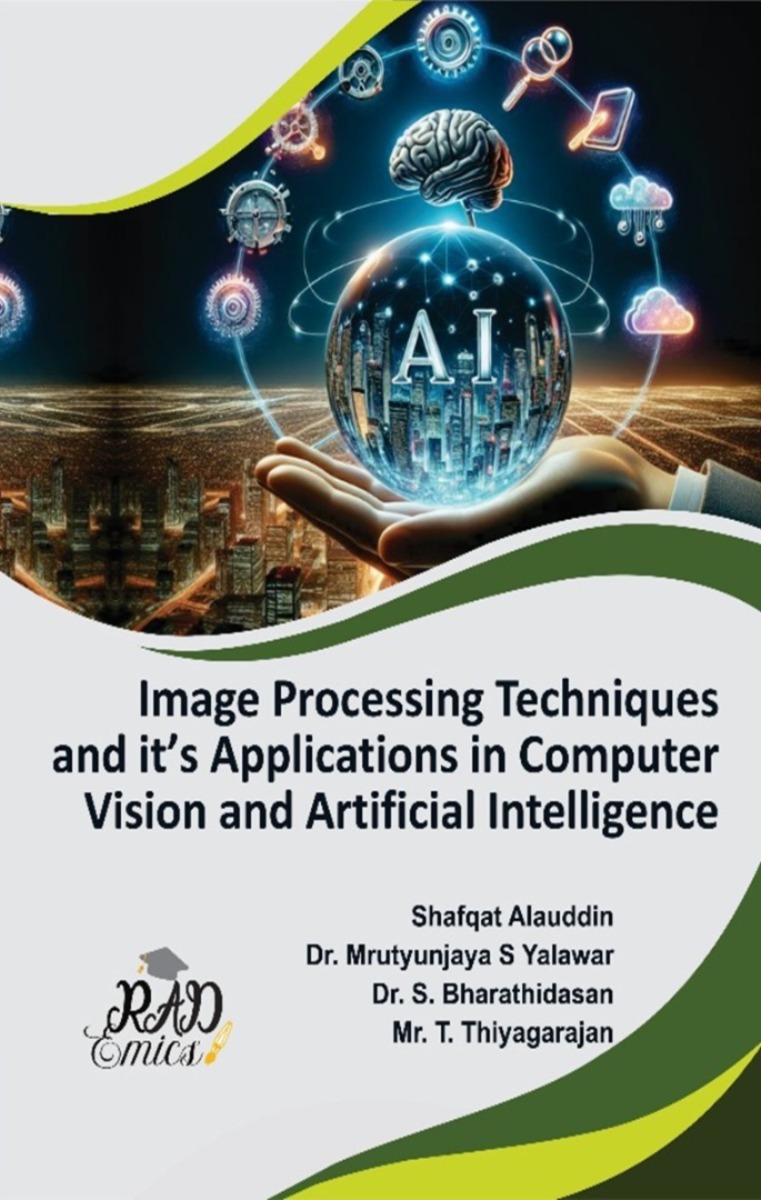
Peer Reviewed Chapter
Chapter Name : Image Acquisition and Preprocessing Techniques for Noise Reduction and Enhancement in Digital Images
Author Name : B.Rajeshkanna, Mohan S
Copyright: © 2024 | Pages: 29
DOI: 10.71443/9788197933660-02
Received: 26/07/2024 Accepted: 29/09/2024 Published: 30/10/2024
Abstract
This book chapter presents a comprehensive overview of advanced image acquisition techniques and their critical role in enhancing the quality of digital images across diverse applications. The evolution of illumination strategies, including structured light and multi-spectral approaches, was examined, highlighting their impact on image clarity and detail extraction. A thorough exploration of microscopy and spectroscopy illustrates their significance in scientific research, facilitating high-resolution imaging and detailed material analysis. The chapter also delves into recent advancements in sensor technologies, focusing on trends such as miniaturization, machine learning integration, and eco-friendly innovations. Addressing challenges in image quality control, the discussion emphasizes the importance of robust preprocessing methods for noise reduction and enhancement. This synthesis of contemporary techniques and technologies provides valuable insights into future directions in image acquisition, paving the way for innovations across various fields.
Introduction
The field of image acquisition has undergone significant transformation over the years, driven by advancements in technology and the increasing demand for high-quality images in various applications [1]. Image acquisition encompasses a broad range of techniques designed to capture visual information from the environment [2,3]. From traditional methods to contemporary digital approaches, these techniques serve as the foundation for countless applications in scientific research, industrial inspection, medical imaging, and remote sensing [4,5]. The continuous evolution of image acquisition technologies reflects the need for more precise, efficient, and reliable imaging solutions that cater to the complex requirements of modern society [6].
At the heart of image acquisition lies the necessity for effective illumination techniques [7]. Proper lighting was essential for obtaining clear, high-contrast images, which can significantly affect the quality of the final output [8]. Advanced illumination strategies, such as structured light and multi-spectral illumination, enhance image quality by providing optimal lighting conditions tailored to specific imaging needs [9,10]. These methods allow for improved feature extraction, enabling researchers and practitioners to capture intricate details that traditional illumination techniques miss [11]. As a result, the choice of illumination plays a pivotal role in determining the success of image acquisition across various disciplines [12].